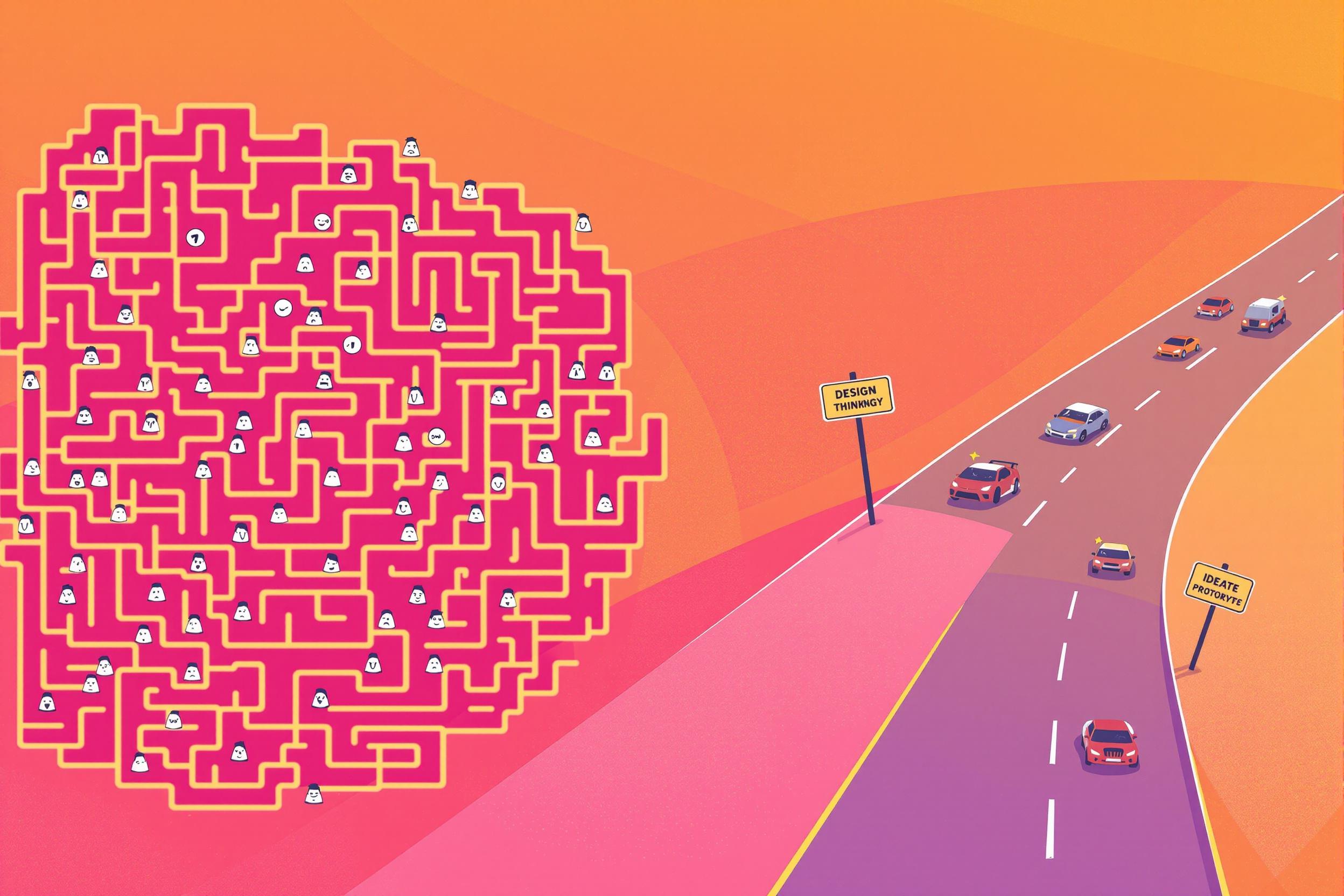
Gradient Descent
Gradient Descent is a fundamental method used in artificial intelligence and machine learning to help computer systems learn and improve from data. Think of it like a blind person trying to find the lowest point in a valley by feeling which way the ground slopes. The computer uses this technique to gradually adjust its understanding until it finds the best solution to a problem. It's a core concept that appears in many AI applications, from image recognition to prediction systems. When you see this on a resume, it indicates the person has experience with practical machine learning implementation.
Examples in Resumes
Implemented Gradient Descent algorithms to optimize neural network performance
Used Gradient Descent techniques to improve prediction accuracy in customer behavior models
Applied Gradient Descent and Stochastic Gradient Descent methods in deep learning projects
Typical job title: "Machine Learning Engineers"
Also try searching for:
Where to Find Machine Learning Engineers
Online Communities
Professional Networks
Conferences & Events
Example Interview Questions
Senior Level Questions
Q: How would you explain the challenges of implementing Gradient Descent in a large-scale project?
Expected Answer: A senior candidate should discuss practical issues like choosing learning rates, handling large datasets, managing computational resources, and implementing different variations of gradient descent for better performance.
Q: How do you decide between different types of Gradient Descent methods for a project?
Expected Answer: Should explain how to choose between batch, mini-batch, and stochastic gradient descent based on dataset size, computational resources, and accuracy requirements in plain business terms.
Mid Level Questions
Q: What are common problems you might encounter when using Gradient Descent, and how would you solve them?
Expected Answer: Should discuss common issues like slow convergence or getting stuck in local minimums, and explain basic troubleshooting approaches in simple terms.
Q: How do you know if Gradient Descent is working correctly in your model?
Expected Answer: Should explain basic monitoring techniques, what metrics to track, and how to tell if the learning process is effective or needs adjustment.
Junior Level Questions
Q: Can you explain Gradient Descent in simple terms?
Expected Answer: Should be able to explain the basic concept using simple analogies, demonstrating understanding of how the algorithm helps machines learn from data.
Q: What are the basic parameters you need to consider when implementing Gradient Descent?
Expected Answer: Should mention learning rate, number of iterations, and convergence criteria in simple terms, showing basic understanding of the implementation.
Experience Level Indicators
Junior (0-2 years)
- Basic understanding of machine learning concepts
- Simple implementation of gradient descent algorithms
- Working with prepared datasets
- Using common machine learning libraries
Mid (2-5 years)
- Implementing different types of gradient descent
- Troubleshooting learning problems
- Optimizing algorithm performance
- Working with large-scale datasets
Senior (5+ years)
- Advanced optimization techniques
- Custom implementation of learning algorithms
- System architecture for machine learning
- Leading AI development teams
Red Flags to Watch For
- No practical experience implementing machine learning algorithms
- Lack of understanding of basic calculus and statistics
- No experience with popular machine learning frameworks
- Unable to explain complex concepts in simple terms
Related Terms
Need more hiring wisdom? Check these out...

Stop Chasing Unicorns: How to Finally Improve Candidate Quality Metrics (and Actually Enjoy Hiring)

Why Your Hiring Process is a Maze (And How Design Thinking Can Turn It into a Superhighway)

Refining Job Descriptions to Expand Applicant Pools: Casting a Wider Talent Net

